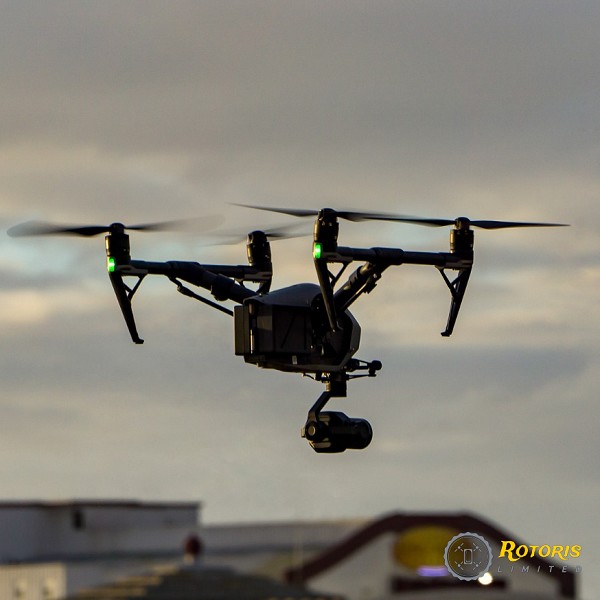Using Drones To Improve Aircraft Simulators
Most industry grade flight simulators generate smaller airfield and airport locations with great accuracy due to satellite imagery, however once the user begins to approach, taxi and land, they notice a loss in picture quality and detail. Whilst they can still land, taxi and take off as they would in real life, this loss of quality removes the life-like feel and diminishes the experience for the user significantly.
Why does this matter?
The two main groups of industry-grade flight simulator users are:
- Pilot training schools and students
- Private aircraft owners and enthusiasts
A number of flight training schools are located in smaller aerodromes, they will therefore suffer from this loss of quality as they approach, taxi, land and take off from their base. Whilst the pilot is still able to gain a feel for the aircraft controls, their overall experience is less immersive and accurate. It’s essential for these future pilots to have as much of an understanding and feel for the experience of flying a real aircraft as possible, by improving the quality of the footage produced by their simulators, the pilot becomes immersed in their surroundings and becomes more familiar with the training area they will experience first when they have control of a live aircraft.
Private aircraft owners and enthusiasts pay a large sum of money to experience flying at home when conditions don’t permit live flying, to stay current or when their health no longer permits them to fly. The value of this experience is lost when their regular airports and heliports are displayed in this way and limit their landing locations to only mainstream airports for the full experience.
How the use of drones is improving flight simulator users’ experience
By working with flight simulator manufacturers, local air traffic control and simulator users, through the use of high-resolution ground and aerial sensors, drone operators are now able to capture users’ chosen locations with great detail, from 400ft all the way down to building textures and signage. Most airports will only allow CAA approved drone pilots to operate unmanned aerial vehicles within their vicinity, therefore the only alternative to solve this common issue is to hire a manned aircraft equipped with its own camera system followed by a ground photographer to gather the building and signage textures. With drones being so versatile and affordable to operate, it not only means simulator users pay significantly less to improve their systems but have a wider range of locations to choose from including their own facilities or private helipads and airstrips.




